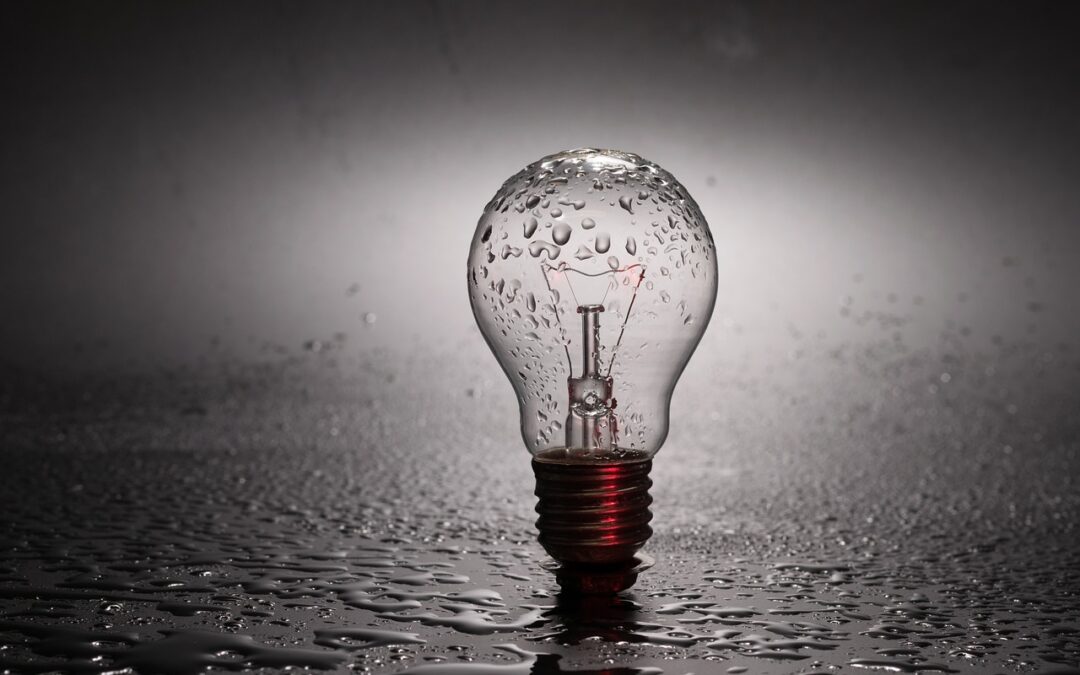Adding under cabinet lighting to your kitchen is a fantastic way to improve both the functionality and aesthetic appeal of the space. Not only does it provide better illumination for tasks such as cooking and cleaning, but it also adds a warm, inviting ambiance. The good news is that installing under cabinet lighting is a straightforward DIY project. Here are some easy tips to help you get started and ensure a smooth installation process.
Choose the Right Type of Lighting
Before diving into the installation process, it’s important to choose the right type of under cabinet lighting for your needs. There are several options available, including LED strips, puck lights, and linear fixtures. LEDs are a popular choice due to their energy efficiency, long lifespan, and cool operation.
Consider the color temperature as well. Warm white lights create a cozy atmosphere, while cool white lights provide a brighter, more focused illumination. Choose the one that best suits your kitchen’s ambiance and your personal preference.
Gather Your Tools and Materials
To make the installation process easier, gather all the necessary tools and materials beforehand. You will need:
– Measuring tape
– Pencil
– Screwdriver
– Wire cutters/strippers
– Drill
– Mounting hardware (usually included with the lights)
– Power supply (for plug-in or hardwired options)
Having everything at hand will save you time and make the project more efficient.
Plan the Layout
Before installing the lights, plan the layout carefully. Measure the length of the cabinets to determine how many lights you need and where they should be placed. A good rule of thumb is to install lights every 12 to 18 inches for even illumination.
Mark the positions with a pencil to guide your installation. This step is crucial to ensure that your lighting is evenly distributed and covers the desired areas.
Install the Lights
LED Strip Lights
If you’re using LED strip lights, start by cleaning the underside of the cabinets to ensure the adhesive sticks well. Cut the strips to the desired length, following the manufacturer’s instructions.
Peel off the backing and press the strips firmly onto the marked positions. Use clips or mounting brackets for additional support if needed. Connect the strips to the power supply and plug it in to test the lights.
Puck Lights
For puck lights, position them at the marked spots and use the provided screws or adhesive to secure them in place. If the lights are hardwired, you may need to drill a small hole to pass the wires through the cabinet.
Connect the wires according to the manufacturer’s instructions and secure any loose wires with clips. Once all the lights are installed, connect them to the power source and test them to ensure they work properly.
Linear Fixtures
Linear fixtures are installed similarly to puck lights. Position them along the marked lines and use screws to secure them. If hardwiring, follow the same steps as for puck lights to connect the wires.
These fixtures often come with a built-in switch or can be connected to a wall switch for easy operation. Once installed, test the lights to make sure they illuminate the area as expected.
Manage the Cables
Cable management is essential for a neat and tidy installation. Use cable clips or adhesive cable channels to secure any loose wires along the underside of the cabinets. This not only keeps the wires out of sight but also prevents them from getting tangled or damaged.
Add Finishing Touches
Once the lights are installed and the cables are managed, step back and review your work. Make any necessary adjustments to the light positions and ensure that all connections are secure. If you used plug-in lights, consider hiding the power cords with cable covers or running them through the back of the cabinets for a cleaner look.
Enjoy Your New Lighting
With your under cabinet lighting installed, take a moment to enjoy the improved illumination and ambiance in your kitchen. This simple DIY project can make a significant difference, enhancing both the functionality and aesthetic appeal of your space.
By following these easy installation tips, you can achieve professional-looking results and transform your kitchen with beautiful, practical lighting. Happy DIYing!

